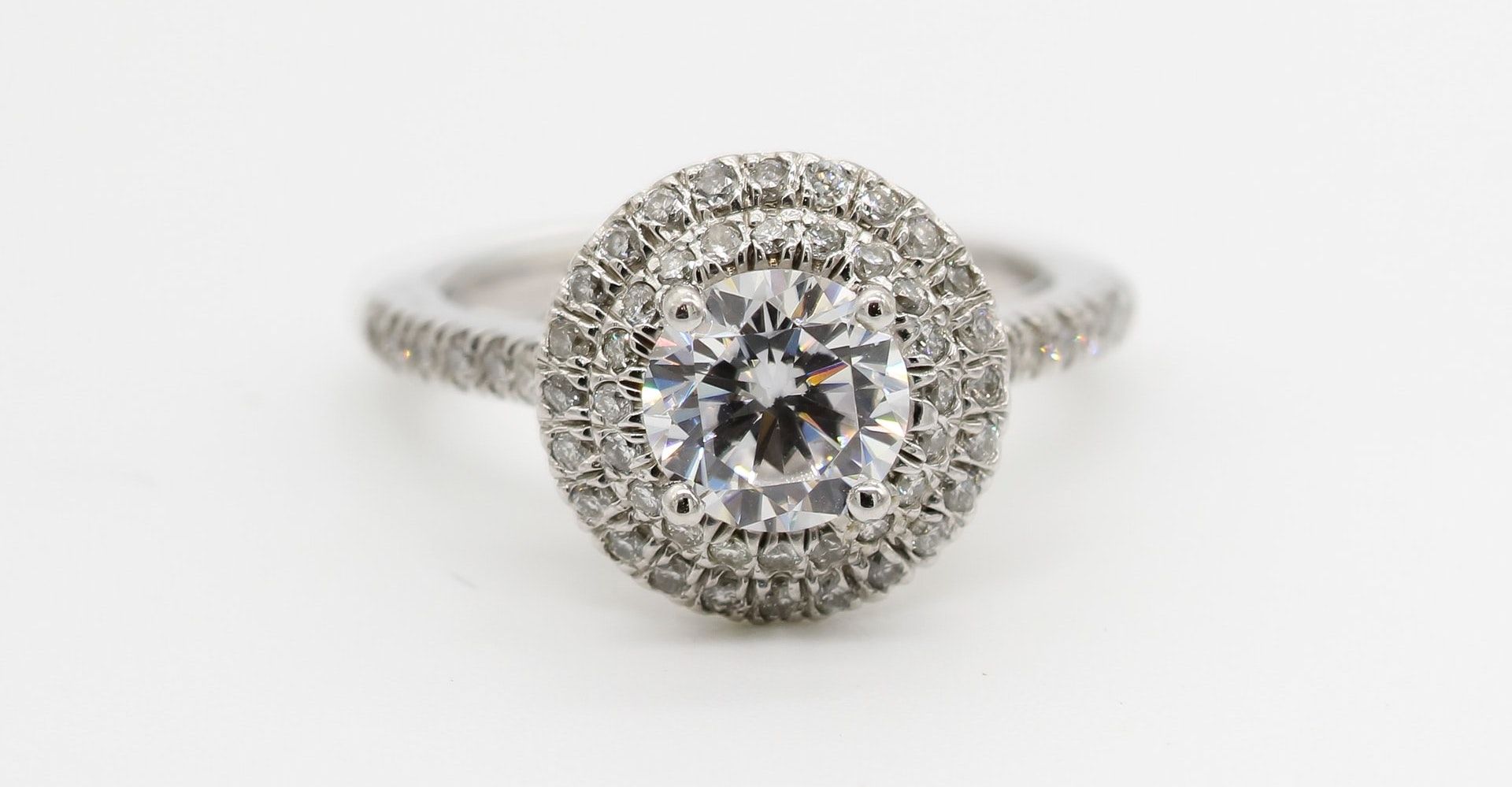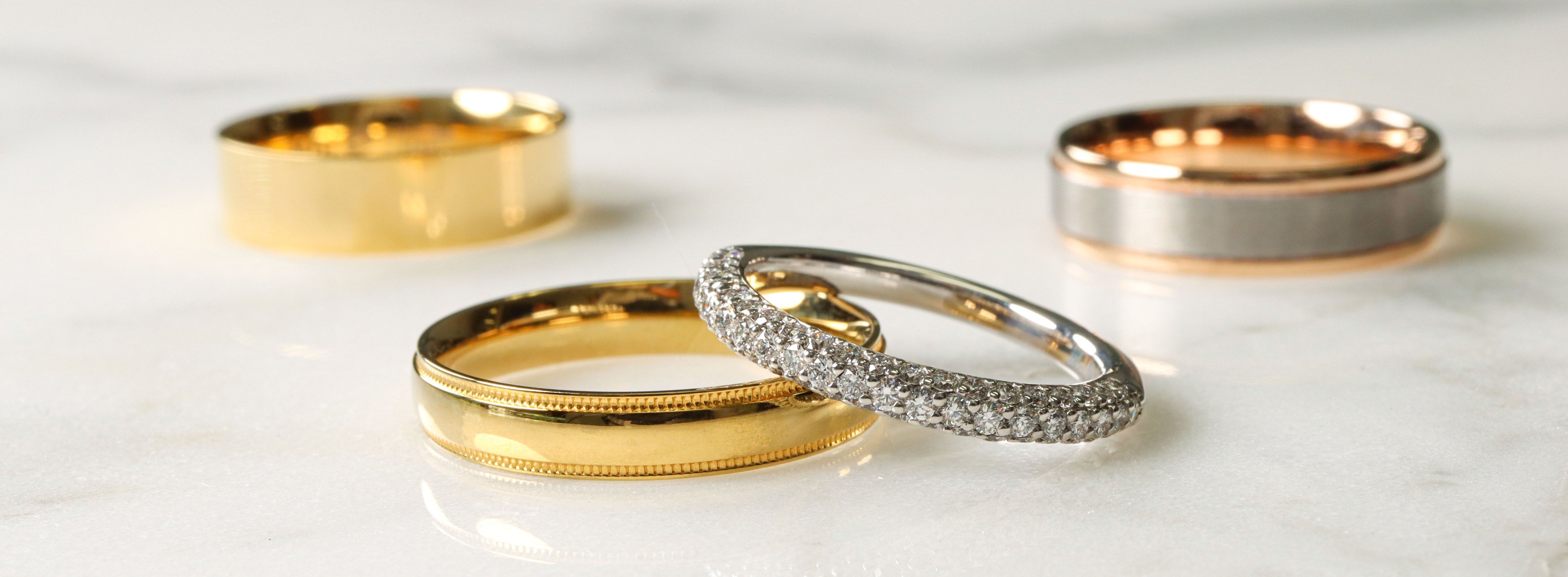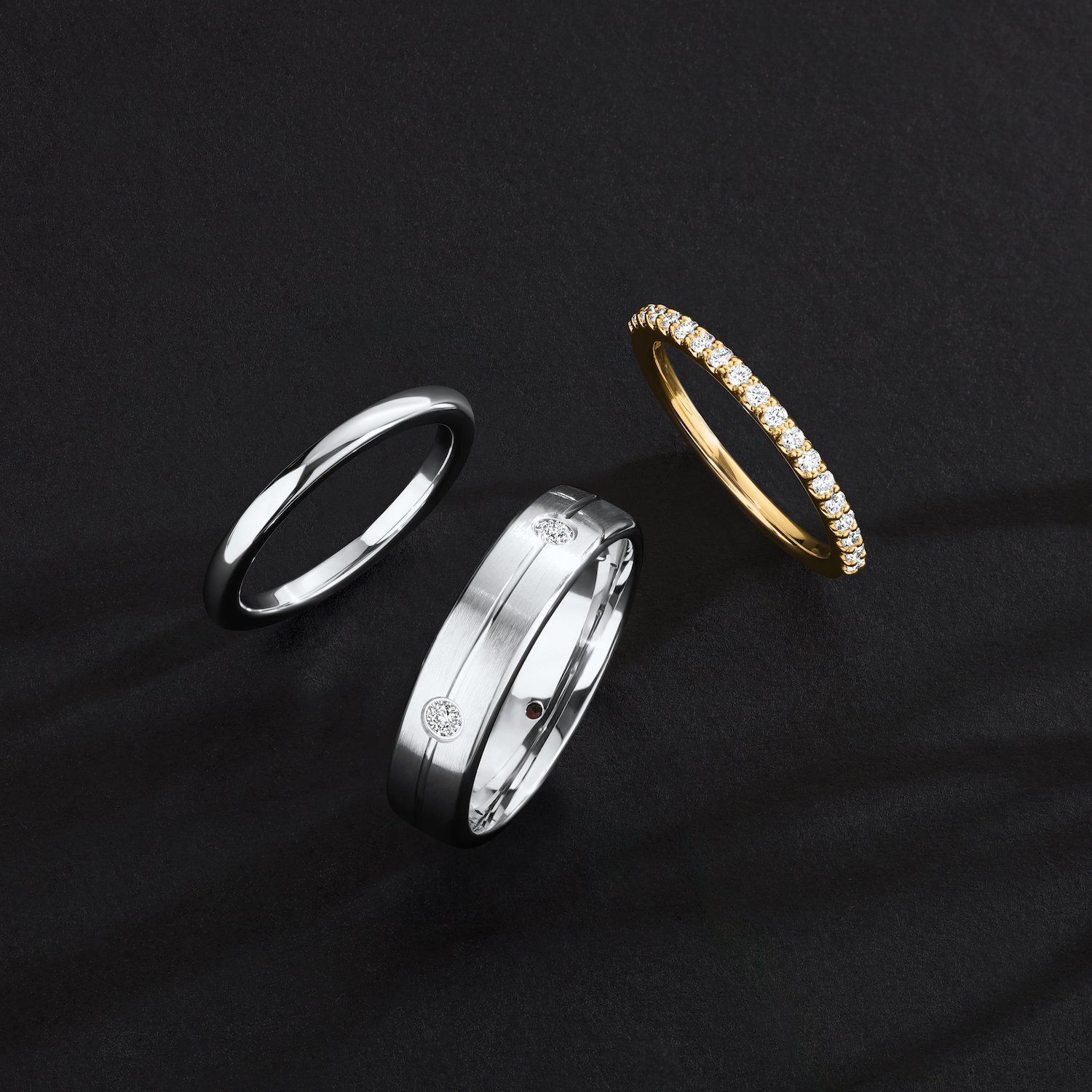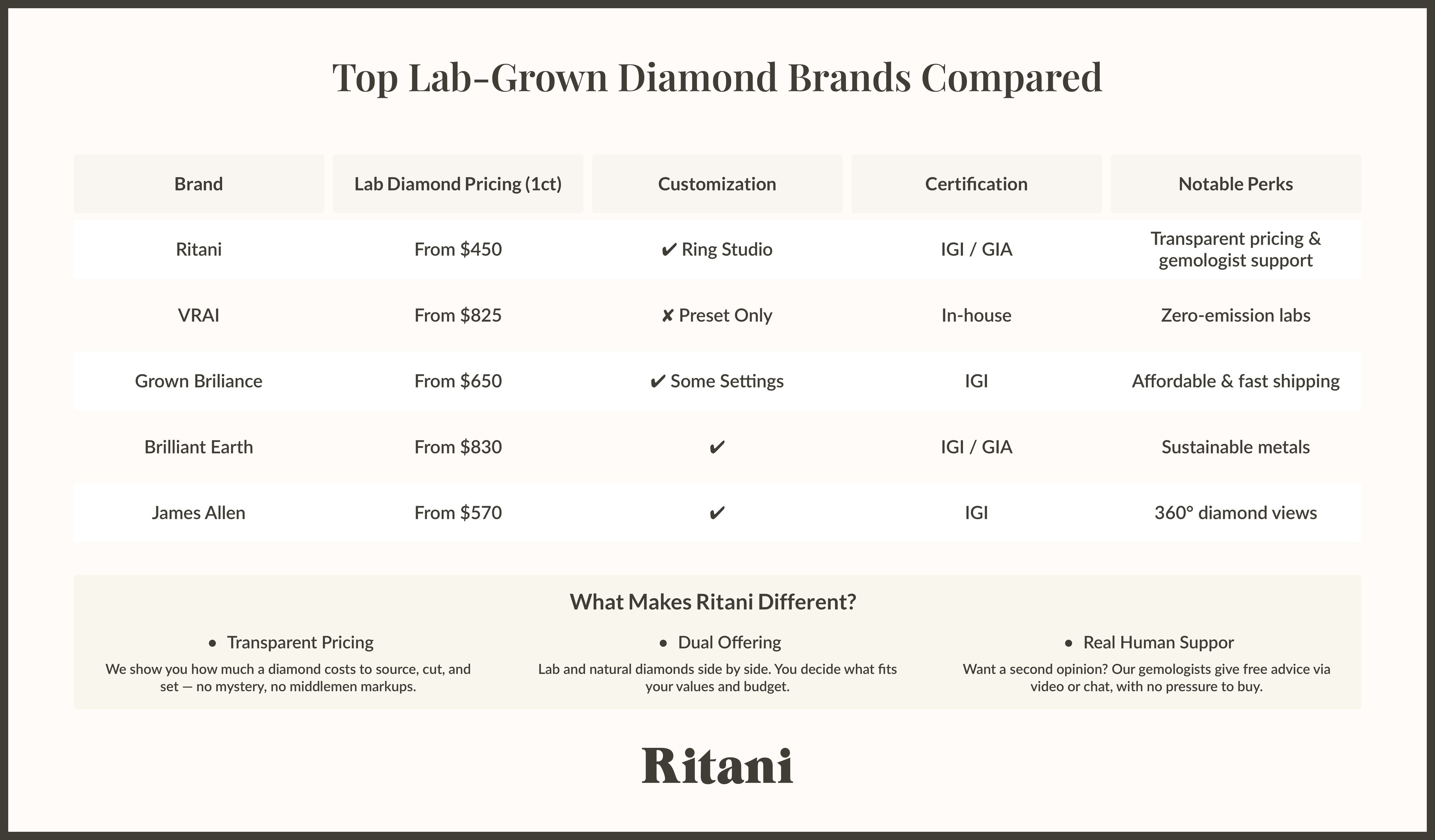What is Cubic Zirconia?

Cubic zirconia is a gemstone that is produced to be a diamond simulant (a stone that looks exactly like a diamond but isn’t one). It’s sometimes called CZ for short. While naturally occurring cubic zirconia has been discovered, it is extremely rare. Most cubic zirconia is manmade. Cubic zirconia is completely colorless and is quite hard, with a hardness of 8-8.5 on the Mohs scale. This sparkly stone can be cut into a variety of shapes. Most fashion jewelry and costume jewelry use cubic zirconia as it is attractive yet affordable.
What is Cubic Zirconia Made Of?
Cubic zirconia is made of zirconium oxide. Cubic zirconia is made by melting zirconium oxide in a metal chamber and adding minerals like calcium and magnesium. It is then heated at almost 5,000 degrees Fahrenheit. Once it is removed from the metal chamber, crystals begin to form. Next, the stone is cut. CZs can be cut into any shape, such as the emerald-cut, oval-cut, pear-cut, and more.
It’s also possible for manufacturers to create colorful cubic zirconia. Cubic zirconia can come in pink, blue, green, or really any color you can think of. To do this, manufacturers will add impurities into the mix – for example, iron or copper is added to make cubic zirconia yellow, and for pink cubic zirconia, erbium, europium, or holmium is added.
Is Cubic Zirconia a Mineral?
It’s a complicated answer. Most still refer to it as a mineral, but for something to be classified as a mineral, it must be naturally occurring. While some cubic zirconia can be naturally occurring, it’s extremely rare, and most of it is made in a lab.
Is Cubic Zirconia Good?
Cubic zirconia is an excellent diamond simulant - it’s pretty difficult to tell the difference between a diamond and high-quality cubic zirconia. Unfortunately, cubic zirconia can get cloudy or dull over time from scratches (which wouldn’t happen with a diamond!) so it’s not a wise choice for engagement rings. With everyday wear, a cubic zirconia ring will only last about 5-10 years. Some believe that baking their cubic zirconia jewelry will enhance its beauty and make it look more like a diamond, but the reality is that baking cubic zirconia can cause it to crack or burn. CZs aren’t as heat-resistant as diamonds.
How Much is Cubic Zirconia?
Cubic zirconia is very affordable and far cheaper than a diamond. Of course, the price of cubic zirconia will vary depending on how high-quality it is, but a 1-carat cubic zirconia can cost as little as $10-$20. Note that cubic zirconia is denser than diamonds, so a 1-carat CZ will appear slightly smaller than a 1-carat diamond.
Does Cubic Zirconia Tarnish or Rust?
Cubic zirconia itself won’t tarnish or rust. However, a low-quality setting could potentially tarnish or rust. Low-quality metals are frequently used in cubic zirconia jewelry. Metals that tarnish or rust include copper, silver, bronze, and brass.
Does Cubic Zirconia Turn Green?
The stone itself won’t turn green, but if it is set in a cheap metal like copper, the metal can turn your skin green.
Can Cubic Zirconia Get Wet?
The short answer is that yes, it can get wet, but it’s also possible for repeated water exposure to damage your cubic zirconia. No matter what kind of jewelry you are wearing, it’s best to take it off before you go in the shower or pool (or in any situation where your stone will be immersed in water).
Is Cubic Zirconia Hypoallergenic?
Cubic zirconia itself is hypoallergenic, but what you should be concerned with is the metal that it is set in. Metals can cause an allergic reaction, but cubic zirconia won’t. Cheap materials like copper or nickel are common culprits when it comes to allergic reactions.
Diamond vs Cubic Zirconia
As stated earlier, it can be very difficult to tell cubic zirconia from diamonds apart. Here are the differences between the two as well as how you can detect cubic zirconia:
1. Inclusions
Inclusions are naturally occurring imperfections inside of a diamond. While it’s possible for diamonds to have zero inclusions, these diamonds are extremely rare and very expensive. If you’re looking at a stone under 10x magnification and can’t see any inclusions, it’s likely cubic zirconia. Cubic zirconia does not have any inclusions. But before you examine a stone, make sure it is clean – sometimes a dirty stone will give the illusion of inclusions that aren’t really there.
2. Color
Diamonds can naturally have a yellow or brown tint to them. Colorless diamonds are very rare. If you examine a stone from the side or bottom that doesn’t have a hint of color, it may be cubic zirconia.
3. Hardness
Diamond has a hardness of 10 on the Mohs scale, while cubic zirconia only has a hardness of 8-8.5. Diamonds are the hardest naturally occurring mineral. Diamonds are much more suitable for everyday wear.
4. Dispersion
Dispersion in a gemstone is when white light enters the diamond, disperses (or separates), and exits the stone at different angles with colorful light. Cubic zirconia has a greater level of dispersion than diamonds. Its dispersion rate is between 0.058-0.066. Diamonds have a dispersion rate of 0.044. This means that cubic zirconia will give off more of a rainbow sparkle than diamonds.
5. Brilliance
Refractive index is a factor that affects a stone’s brilliance. The refractive index is how much light bends when it enters a material. Diamond has a refractive index of 2.417-2.419 while cubic zirconia has a refractive index of 2.150-2.180. Therefore, diamonds will exhibit more brilliance than cubic zirconia. Cubic zirconia will often look duller than a diamond, but this isn’t always a surefire way to detect cubic zirconia as a poorly cut diamond will look duller as well.
5. Value
Diamonds are much more expensive than cubic zirconia and will retain some of their value. A 1-carat diamond can cost anywhere from $1,000 to $12,000. A 1-carat cubic zirconia will only cost $10-$20 and won’t retain its value.
Will Cubic Zirconia Pass a Diamond Tester?
No, cubic zirconia will not pass a diamond tester. A diamond tester tests a stone’s thermal or electric conductivity. Cubic zirconia does not have the same thermal or electric conductivity as a diamond.
Is Cubic Zirconia Stronger Than Diamond?
Cubic zirconia will scratch more easily than a diamond, and it’s also more brittle. However, it’s possible for both cubic zirconia and diamonds to shatter if struck hard enough.
Cubic Zirconia vs Lab Diamond
Even though they are both manmade, lab-grown diamonds are NOT the same thing as cubic zirconia. Lab-grown diamonds have the same exact properties as earth-grown diamonds and will pass a diamond tester. They are genuine diamonds; they just have a different origin. Cubic zirconia, on the other hand, is completely different chemically, physically, and optically from diamonds. While lab-grown diamonds are far less expensive than mined diamonds (they can cost 30-50% less) they are still much more expensive than cubic zirconia.
Related: What Are Lab-Grown Diamonds?
Cubic Zirconia vs Moissanite
Moissanite is another stone that looks shockingly similar to diamonds. Like cubic zirconia, moissanite can be naturally occurring (albeit rarely) so it mostly is manmade. Moissanite is more expensive than cubic zirconia. Moissanite will cost about $500 per carat, while cubic zirconia ranges from $10-20 per carat.
Most prefer moissanite for engagement rings as it has a hardness of 9.25, making it harder than cubic zirconia and almost as hard as diamonds. Moissanite has twice the fire (flashes of rainbow light) than a diamond. Moissanite is also more brilliant. Some love this look, while others find the disco ball effect that moissanite produces to be overwhelming.
How to Clean Cubic Zirconia
Cleaning cubic zirconia is easy. Just use a soft toothbrush and warm, mild soap to gently cleanse the stone. You can let it air dry or pat it dry with a cloth.
Does Ritani Sell Cubic Zirconia?
Ritani does not sell cubic zirconia. At Ritani, we only sell certified earth-grown and lab-grown diamonds. Find the perfect diamond today.


